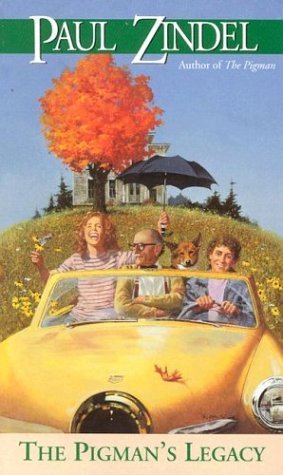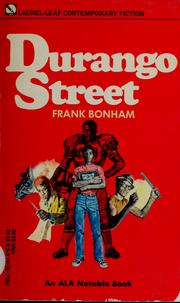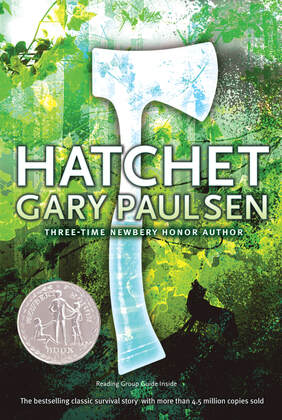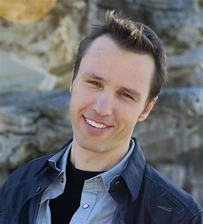Gary's post is a valuable addition to anyone's set of resources for teaching literature, for marking some foundations, and for directly suggesting that we now work to embrace wider diversity in our field. This is one that should be bookmarked and shared with students at every level. Who knows, you just might be inspired to reread a few books or discover some of these authors for the first time.
On Valentine's Day, the Old and New: A Life-Long Love Affair with YA by Gary Salvner
I remember back even farther than the 40 years of YSU English Festivals I’ve helped to run. Almost fifty years ago I was standing in a middle school classroom in urban St. Louis, Missouri, one of my first teaching assignments. The students were completely different from me—all African-American, most living in public housing projects (including the infamous Pruitt-Igoe, one of the most notorious experiments in high density public housing in America). I recall feeling desperate about what I might give them to read. Our short story collection contained stories by O. Henry, Jack London’s “To Build a Fire,” Poe’s “The Tell-Tale Heart,” etc. I don’t recall a single story in the book portraying young people who looked and lived like my students. (In fact, now that I think of it, I don’t even recall a single teen character in those works, and offhand, I can’t think of a single female protagonist.) Rooting around in a St. Louis bookstore one day (there was no Amazon back then), I came across Frank Bonham’s Durango Street (published in 1965), one of our very first urban young adult novels, and tried it out with mixed success. I was a rough go, connecting with those students.
But I also think of literary quality, and here the road seems to angle not as certainly upward. Without a doubt, some YA writers today are giving us exhilarating, rich, and complex works—people like M.T. Anderson, Marcus Zusak, and Jennifer Donnelly. The range of literary types—from contemporary fiction to fantasy to historical and dystopian fiction, to verse novels, graphic novels, and nonfiction—is, I think, broader than it has ever been, and that’s to be celebrated as we also acknowledge with the body of current YA literature that readers don’t all look alike, read alike, and search for relevance (or even pleasure) alike.
Maybe here is the point: As we survey the hundreds, even thousands, of new YA titles that are published annually today, perhaps we might simultaneously reach back for some of those great works that have served us for decades. Perhaps we’ll find in re-reading them a realization that we’ve been given quite a remarkable foundation by these early writers. Perhaps we’ll be tempted to pull them out for our students and say, “Here’s one to try. This is quite some book.”
I think I’ll go read The Pigman again. It’s been a while.
















 RSS Feed
RSS Feed